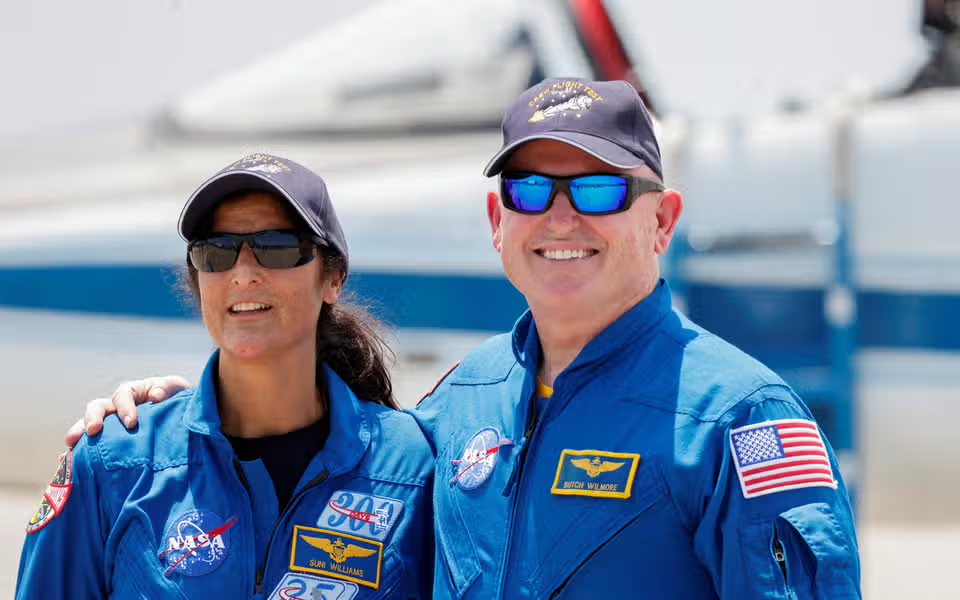Volodymyr Zelensky is now in the middle of the riskiest move in the Ukraine war and his political career. After a week, Ukrainian forces have seized a swathe of Russia’s Kursk oblast and the Russians so far have not forced them back.
The ground and air operation came as a surprise to Moscow and most of Kyiv’s allies, including the UK and US. The command of Colonel General Oleksandr Syrskyi have not explained their tactics, nor their overall aim.
So far, Ukraine has sent two large brigades into the fight, backed up with reserves. Altogether a force of about 18,000 is assessed to be involved. They threw Russian defence off balance by innovative use of personal drones, or FPVs, and carefully layered howitzers and rocket artillery. After probing defences with robots and drones, infantry were moved in swiftly in US Bradley and German Marder carriers supported by tanks.
At the same time they “blinded” Russian drone and electronic warfare defences to allow their ground troops to punch through and then establish their own defences and fortifications.
This is the essence of the new form of “all-arms” battle — and what the Ukrainian army has achieved in seven days will now be taught in training camps and academies across the world.
How long the Ukrainian forces will stay, and how long they want to stay, are open questions. Moscow has been slow to respond, but Russian forces have continued to inch forward at four or five points along the 850-mile front line stretching across Ukraine.
Vladimir Putin has promised to “strike back with a heavy blow”, as he warned at this week’s press conference. However, he appears to have lost confidence in his army. He has appointed his former bodyguard Aleksey Dyumin, now secretary to the state council, to take charge of the Kursk operation. He has also flagged that the FSB, the federal security service, will take the lead, supported by Rosguard national guard units — and not the army.
The Ukrainian forces have shown they can gain temporary dominance of the air in the frontline — drones and gunships keeping attack helicopters at bay. This was not thought possible only six weeks ago.
Syrskyi and the head of intelligence and psychological warfare, General Kyrylo Budanov, have learned to be wary of too much military advice from close allies. Last year the failed Ukraine summer offensive compounded disagreements and misunderstanding on all sides.
Read More
Some allied analysis suggest that this battle for Kursk could last up to three months. Long-term questions remain about Russia’s use of glide bombs, drones from China and Iran, missiles like the Iskander and hypersonic Kinzhal missiles.
Kyiv is desperate to use missiles like the UK-French-Italian Storm Shadow for targets inside Russia as well as the US HIMARS rocket system and ATCM missile. However, the Biden team are cautious in changing their policy to let the Ukrainian command do more inside Russia.
For the UK as it prepares to launch its defence review and overhaul the Army, the lesson from Kursk is clear. Ukraine has surprised with its ability to adapt its forces, and to improvise new tactics as well as new weaponry and gadgetry. Units along the front line innovate with their own drones and electronic jammers. The FPV, personal sight-guided drone, is now a key weapon for the infantry fighter as rifle and bayonet were on the Somme.
Disclaimer: The copyright of this article belongs to the original author. Reposting this article is solely for the purpose of information dissemination and does not constitute any investment advice. If there is any infringement, please contact us immediately. We will make corrections or deletions as necessary. Thank you.



